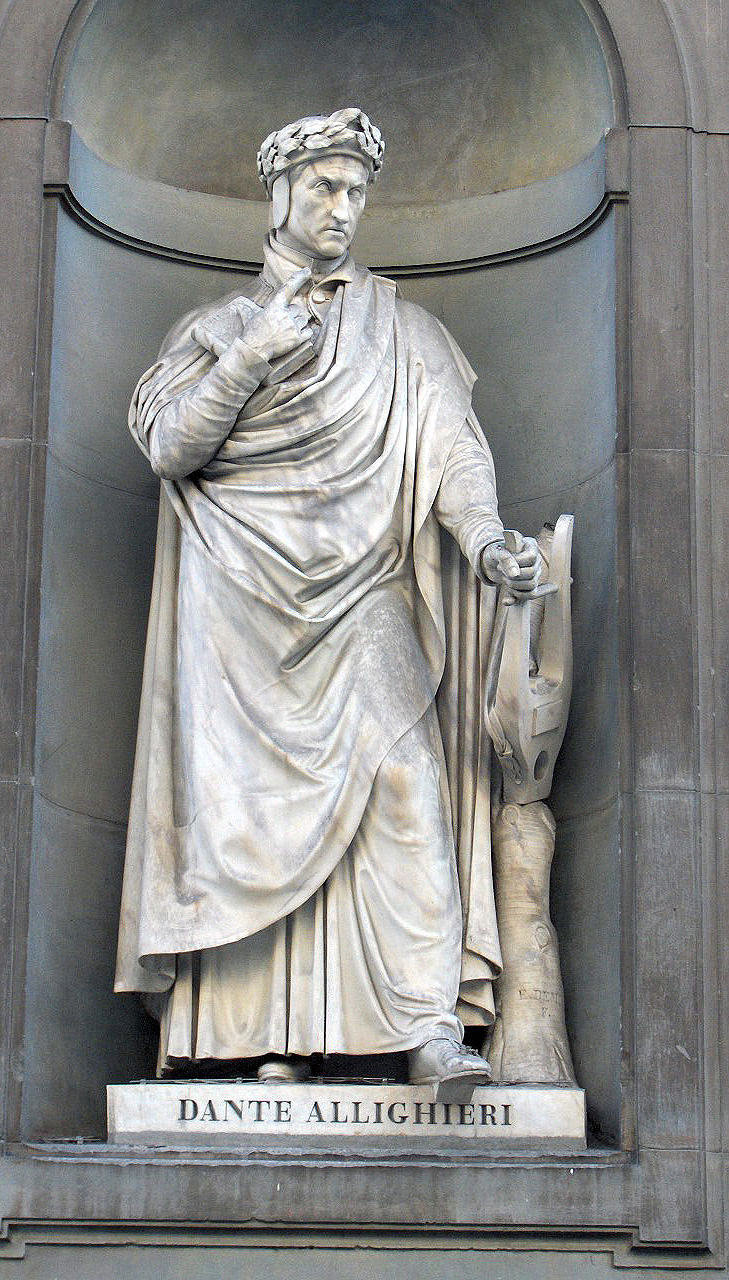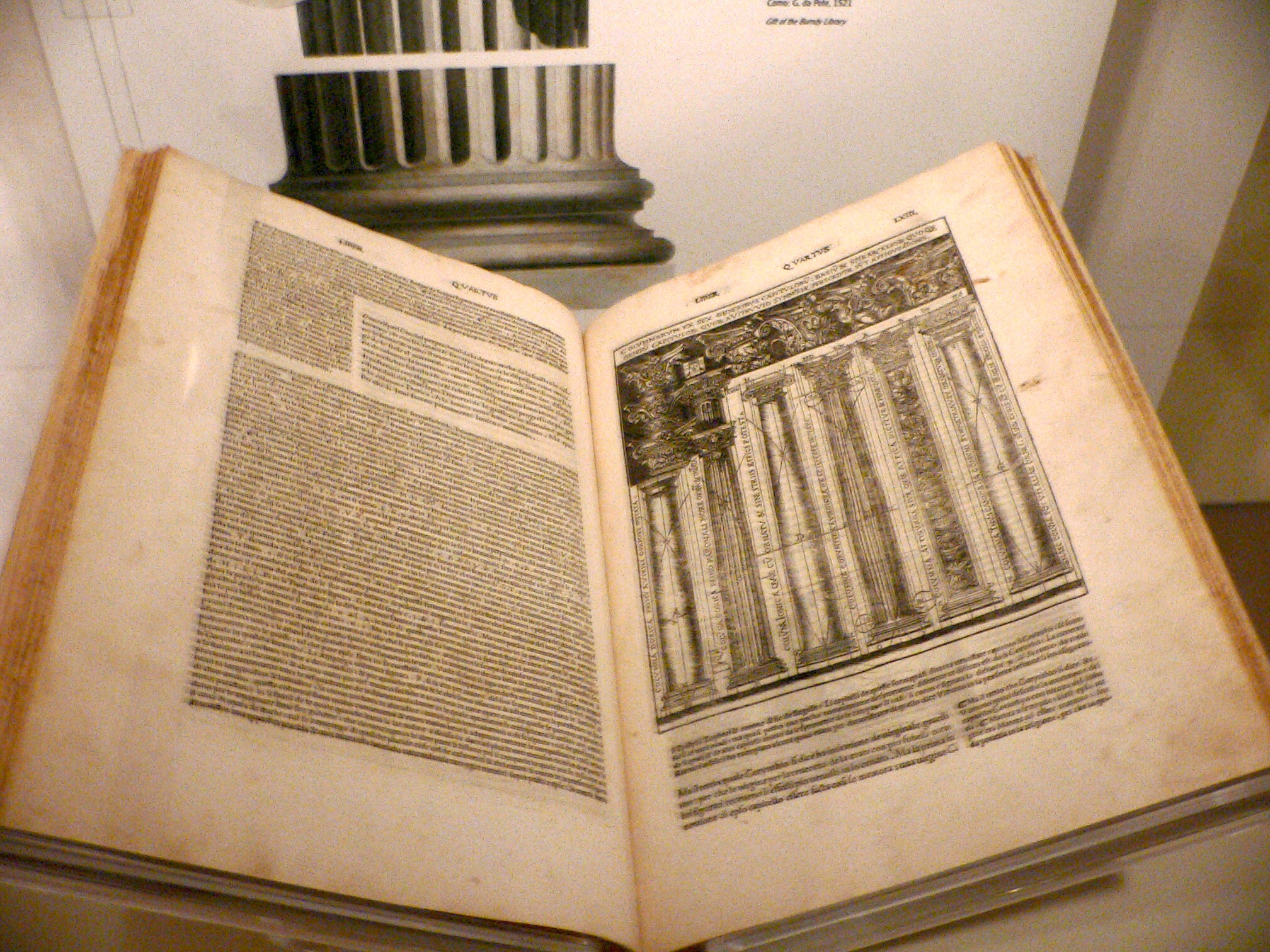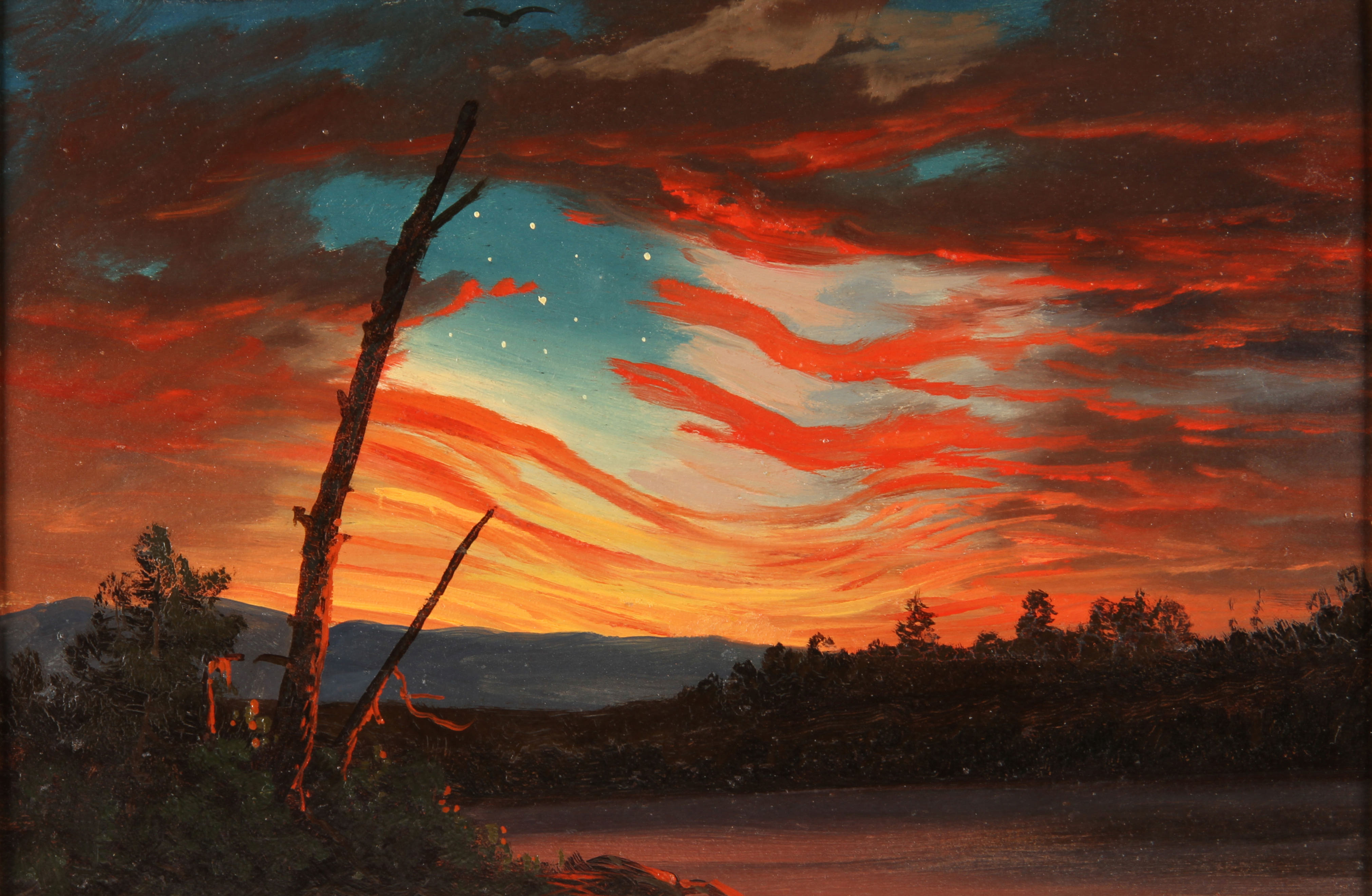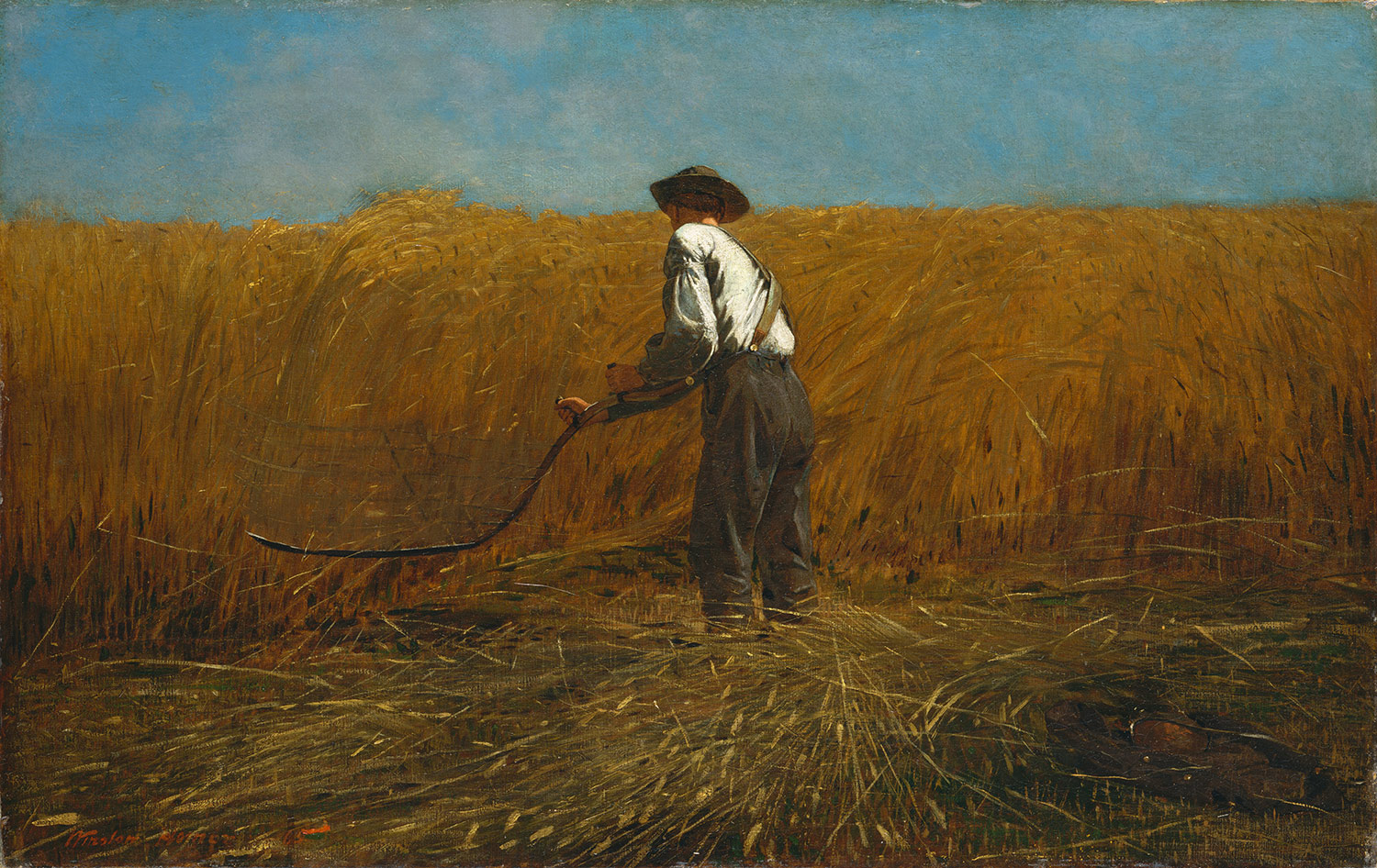Gail Kellogg Hope is an artist, clothing designer, and the mother of a new young son. I asked her to write about the trials of temporarily misplacing her career in favor of motherhood.
 |
|
1170 Huntarian Psalter. Want to know how she’s getting stuff done? She tied the little bugger in his crib, that’s how. He’s not crying, so she must have drugged him. I’m a spinner who rarely gets to spin these days. It’s so rare I write about it on Facebook when it happens.
|
The sleep-deprived mommy haze isn’t enough fun and I can totally type with one hand. Two hours later the child is asleep in his crib, I have tea in my cup and may (possibly) be able to string a paragraph or five together.
Creative people have a hard time not being creative. I’m not sure why, but we just have to be making something all the time. When I had to go on light duty and bed rest with this pregnancy, I thought I’d go insane not doing anything.
For fun, I build solar dehydrators and travel to Maine to dye yarn with friends on my vacations, “What beach? You mean you want me to put down the power tools, sit down and relax? Why?”
 |
|
Behold, the cuteness! The source of all lost attention spans!
|
So I found a project that did not tax my very limited physical capabilities. This turned out to be making knock-offs of medieval illuminated manuscripts. These are loose illustrations in watercolor/gouache, ink and gold paint. While they can get elaborate, they are not difficult. They are nice doodles that fulfill the creative need.
As a bonus, I get to look at the crazy drawings done by bored monks and nuns known as marginalia. These are the fart jokes, battle-of-the-sexes and political commentary of the times. They’re a look into the daily lives of real people. Lemme tell ya, the classic penis joke is classic, and I’d like to see the serious historian remain serious after that. “It isthe rabbit!” is much older than you thought. Take that, Monty Python!
 |
| Rainbow-color cloth book with fun textures, which didn’t cut it as a creative outlet, but you can read about it here. |
Anyway, fast forward to today, and I’m a happy breastfeeding mommy-bed play mat. If I’m not nursing the kid I’m holding the sleeping baby. Do not move or he will wake up. Or, I’m attending to my son’s very important developmental needs: “Stack the block, knock it down! Tigger Rattle! ABCDEFG. Look, John Robert, Yellow! Yay!” Or trying to figure out how to make the crying stop.
While this is all very fun, that creative need is just not being met by
making the kid a rainbow color cloth book with fun textures, which I did after managing to mommy-ninja him into The Dreaded Swing for a nap, pee, eat and somehow get up to the sewing room.
 |
|
I call this The Puking Dragon.
|
So, back to the doodles: things that can easily be put away and picked up much later, fiddled with one-handed, and that don’t mean all that much in case of puke.
I’m so not a Pinterest Mommy. I’m lucky if I get a shower, three square meals and brush my teeth in the same day. I haven’t plucked my eyebrows in a month but I managed to nix the whiskers a few days ago. But the kid is clean, dry & fed by golly, and if we all have to wear mismatching socks, so be it.
Let me know if you’re interested in painting with me in Maine in 2014 or Rochester at any time. Click here for more information on my Maine workshops!


























